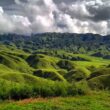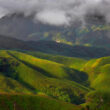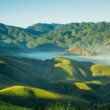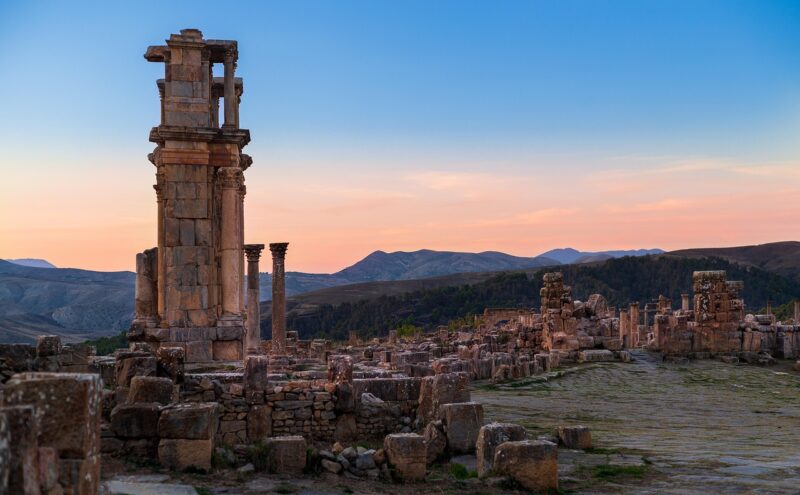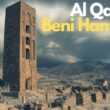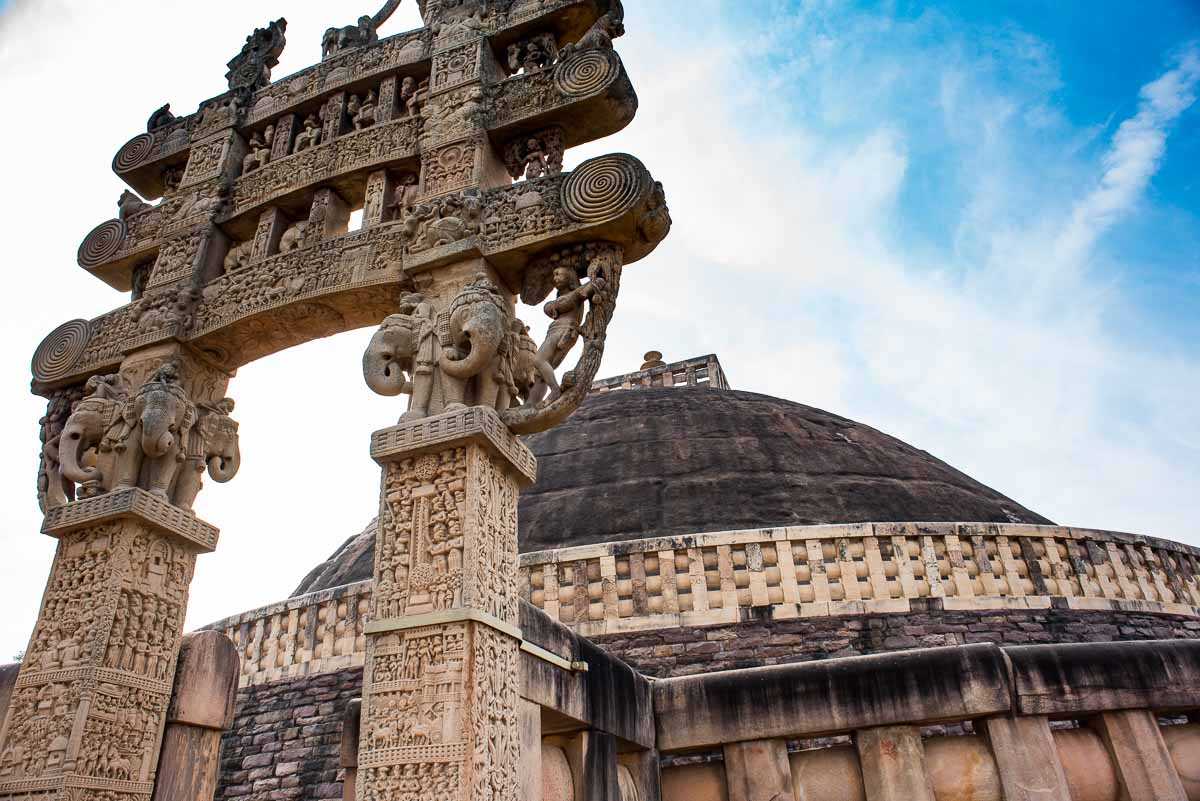Nestled in the northeastern highlands of Algeria, Djémila is a treasure trove of Roman history. Often overlooked in favor of better-known archaeological sites like Pompeii or Carthage, Djémila offers one of the most complete and beautiful remnants of Roman civilization in North Africa. From its well-preserved temples and forums to the mountainous backdrop that adds a dramatic flourish to its stone structures, Djémila is a haven for history lovers, architecture buffs, and off-the-beaten-path travelers.
Where Is Djémila?
Djémila is located near the town of Sétif, about 50 kilometers northeast of the city. The site sits at an altitude of 900 meters (nearly 3,000 feet) above sea level in the rugged terrain of the Petite Kabylie region. This elevated location provides not only scenic views but also a serene escape from more tourist-heavy destinations.
Historical Background
Originally known as Cuicul, Djémila was founded during the 1st century CE by the Romans under Emperor Nerva. It was designed to accommodate Roman military veterans and quickly evolved into a thriving colony. The city was strategically built along the slopes of a narrow valley, which required a unique urban layout — one that adapted to the terrain instead of flattening it.
Over the centuries, the city expanded with forums, basilicas, baths, and markets, reflecting the prosperity of Roman North Africa. By the 5th century, however, with the collapse of the Roman Empire and invasions by the Vandals and later the Byzantines, Djémila was gradually abandoned.
Top Highlights
1. The Forum
The heart of any Roman city, the Forum of Djémila was the center for public life. Surrounded by a basilica, temples, and a curia, this open square is still paved with the original stones laid almost two millennia ago.
2. Arch of Caracalla
This triumphal arch was erected in 216 CE in honor of Emperor Caracalla, his mother Julia Domna, and his father Septimius Severus. It’s one of the most photogenic and imposing structures in Djémila.
3. The Theater
Seating around 3,000 people, the Roman Theater of Djémila is surprisingly well-preserved. It was used for entertainment, political speeches, and public announcements.
4. The Christian Basilica
As Christianity spread throughout the Roman Empire, Djémila adapted by building a large Christian basilica — one of the earliest examples of Christian architecture in North Africa.
5. The Severan Basilica
This basilica is known for its intricate stone carvings and inscriptions. It’s a symbol of the wealth and importance of Djémila in the Severan period.
What Makes Djémila Unique?
While many Roman cities were built on flat lands, Djémila’s mountainous terrain forced Roman architects to think creatively. This adaptation led to an urban design that is both unique and picturesque. Its structures are laid out in terraces and curved streets, following the natural contours of the land.
Additionally, Djémila is remarkably intact. Unlike many ruins, the structures here still show clear outlines of rooms, doors, mosaics, and columns. It’s an immersive, walkable museum.
How to Get to Djémila
- From Algiers: The capital is about 300 km away. The most convenient route is by car or private taxi.
- From Sétif: A shorter 50 km journey, easily done via shared taxi or car hire.
- Tour Options: Some Algerian travel operators offer guided day trips to Djémila from Sétif or Constantine.
Best Time to Visit
The ideal time to explore Djémila is during the spring (March to May) or autumn (September to November). During these months, the weather is pleasant, and the surrounding hills are lush and green. Summers can be hot and dry, while winters are chilly, especially at this altitude.
Tips for Travelers
- Wear comfortable shoes – you’ll be walking on uneven Roman stone.
- Bring water and snacks – on-site amenities are limited.
- Hire a local guide – their insights add depth to the experience.
- Visit early in the day – to avoid crowds and enjoy cooler temperatures.
- Respect the site – it’s a UNESCO World Heritage Site and a national treasure.
UNESCO World Heritage Status
Djémila was designated a UNESCO World Heritage Site in 1982. It was recognized for its exceptional preservation, historical significance, and unique adaptation of Roman urban planning to mountainous terrain.
10 Frequently Asked Questions (FAQs) about Djémila
1. Is Djémila safe for tourists?
Yes, Djémila is generally safe. Algeria has improved its tourism infrastructure, especially around heritage sites. Always check local travel advisories before visiting.
2. Do I need a visa to visit Algeria?
Most travelers will need a visa. Check with the Algerian embassy in your country for specific requirements.
3. How much time do you need at Djémila?
Plan to spend 3–4 hours at the site to fully explore the ruins, museum, and surrounding landscapes.
4. Are there guided tours available?
Yes, local guides are available and highly recommended for a more enriching experience.
5. Can I take photos inside the ruins?
Absolutely. Photography is allowed, but drone use may require special permission.
6. What languages are spoken at the site?
Arabic and French are commonly spoken. Some guides may speak English, especially if booked in advance.
7. Is there an entrance fee?
Yes, a small entrance fee is required. It’s typically around 200 DZD for locals and 400 DZD for foreigners (subject to change).
8. Are there nearby accommodations?
You’ll find accommodations in nearby Sétif or Constantine. Djémila itself does not offer hotels.
9. What is the weather like in Djémila?
Mild to hot in summer, cool in winter. Spring and fall offer the most comfortable weather for visiting.
10. Is Djémila accessible for people with disabilities?
Due to uneven terrain and ancient architecture, accessibility is limited. Some parts may be challenging for those with mobility issues.
Read about all the World Heritage Sites
Conclusion: Why Djémila Should Be on Your Bucket List
Djémila isn’t just another Roman ruin — it’s a living classroom of ancient history, a photographer’s dream, and a serene escape into Algeria’s mountainous interior. Whether you’re a seasoned archaeologist or a curious traveler looking for something beyond the usual tourist trail, Djémila offers a rare blend of grandeur and authenticity.
In a world overrun by mass tourism, discovering places like Djémila is like finding a secret passage to another time. So, next time you’re planning a trip to North Africa, put Djémila on your map — before the crowds do.

